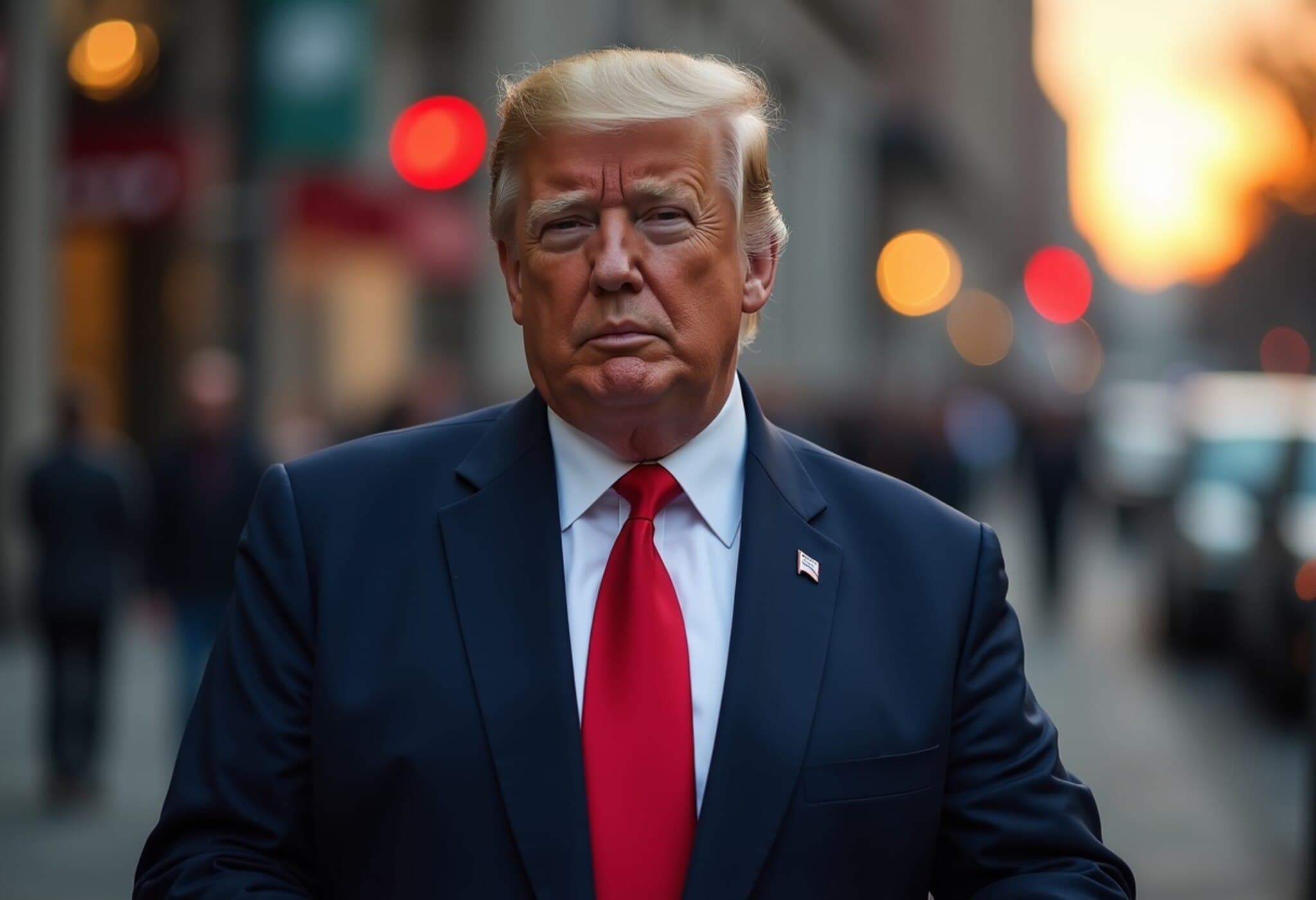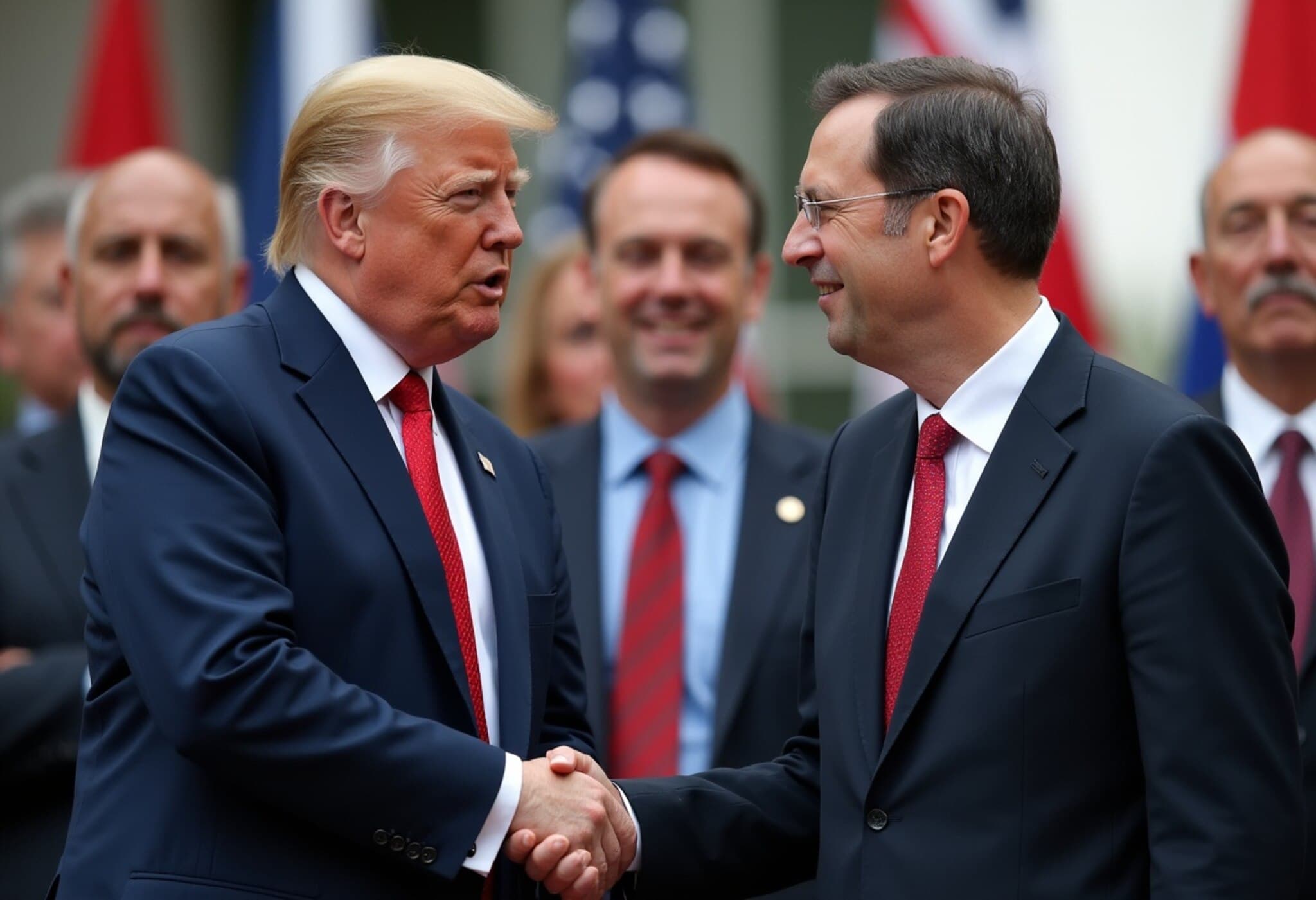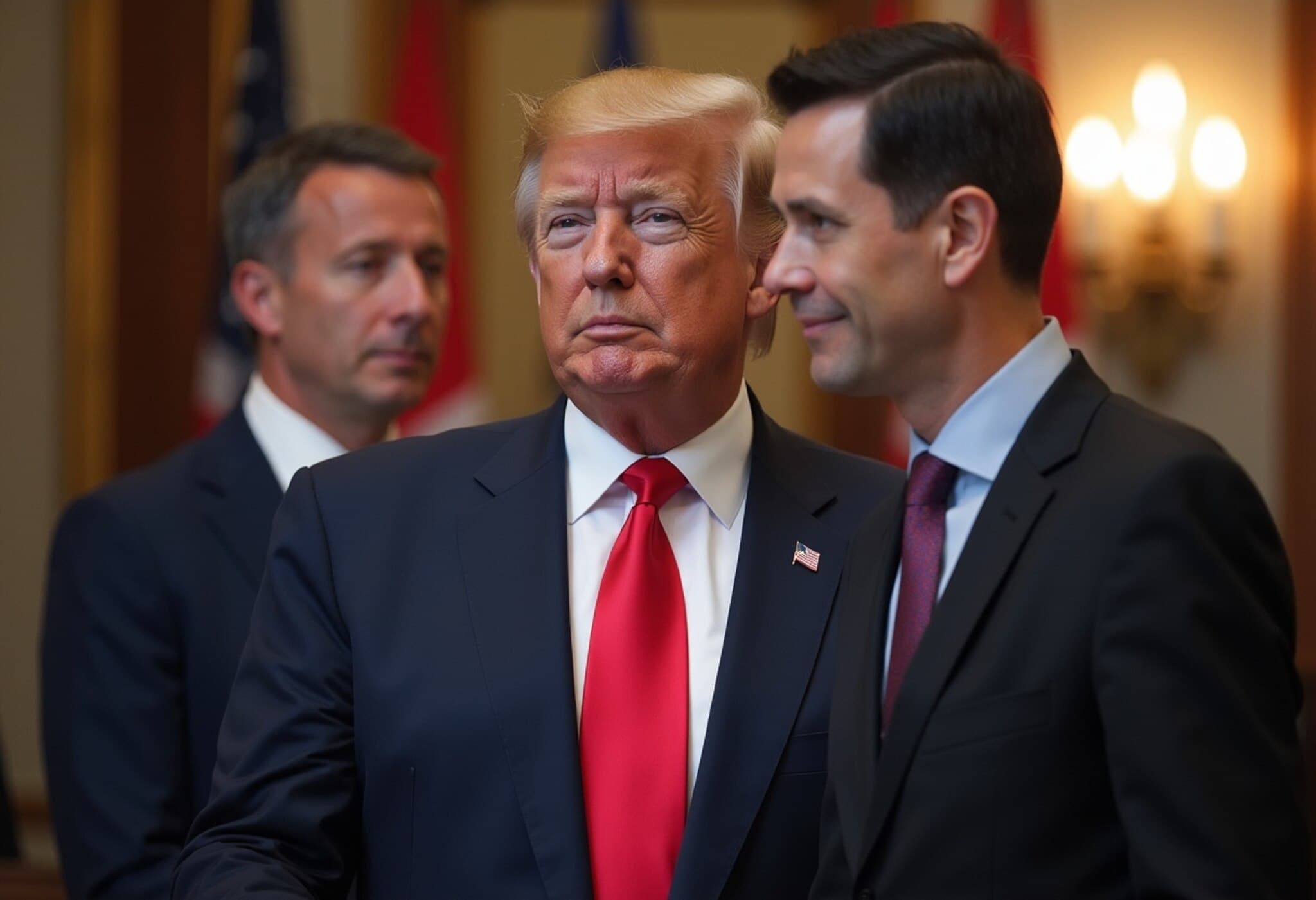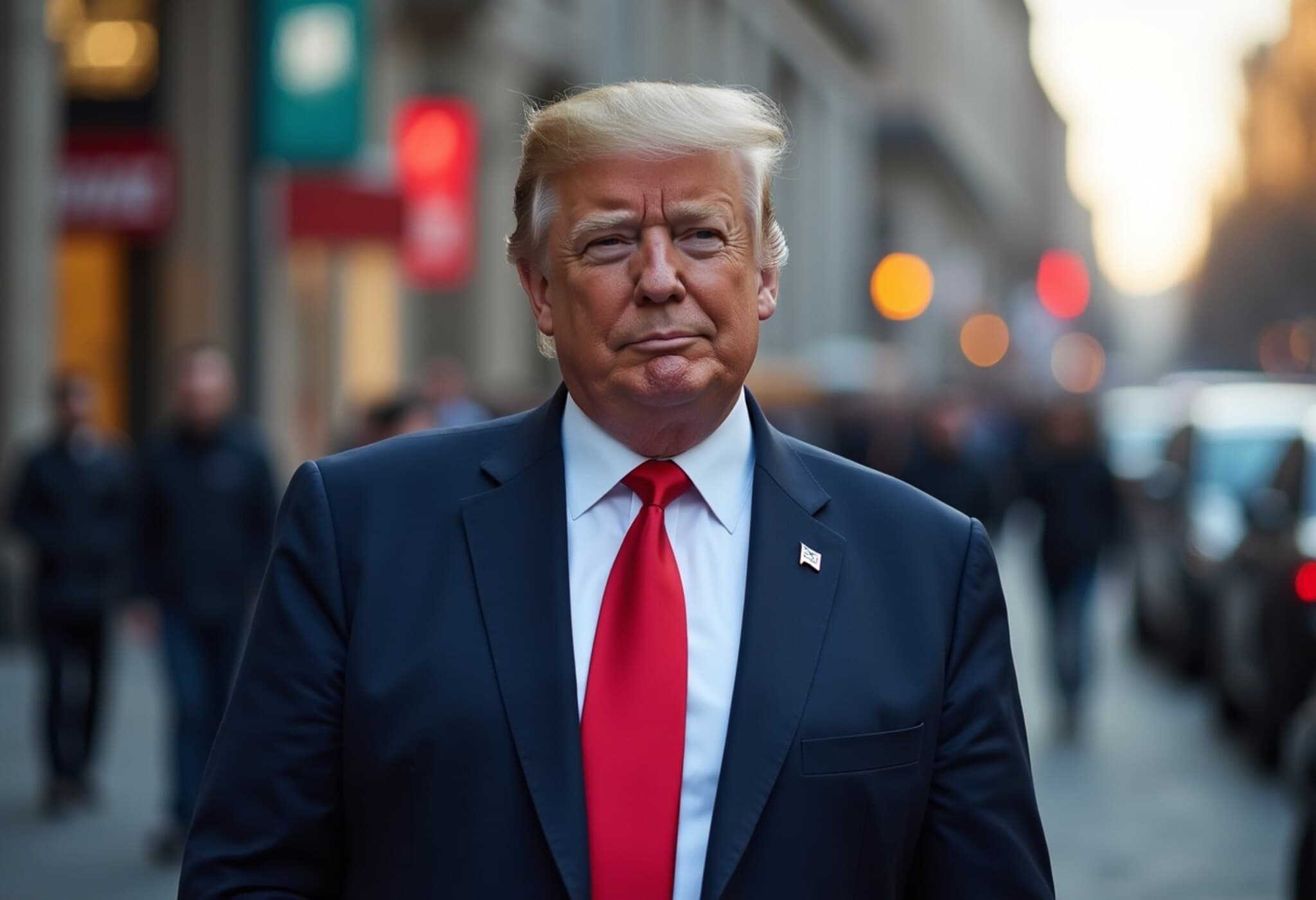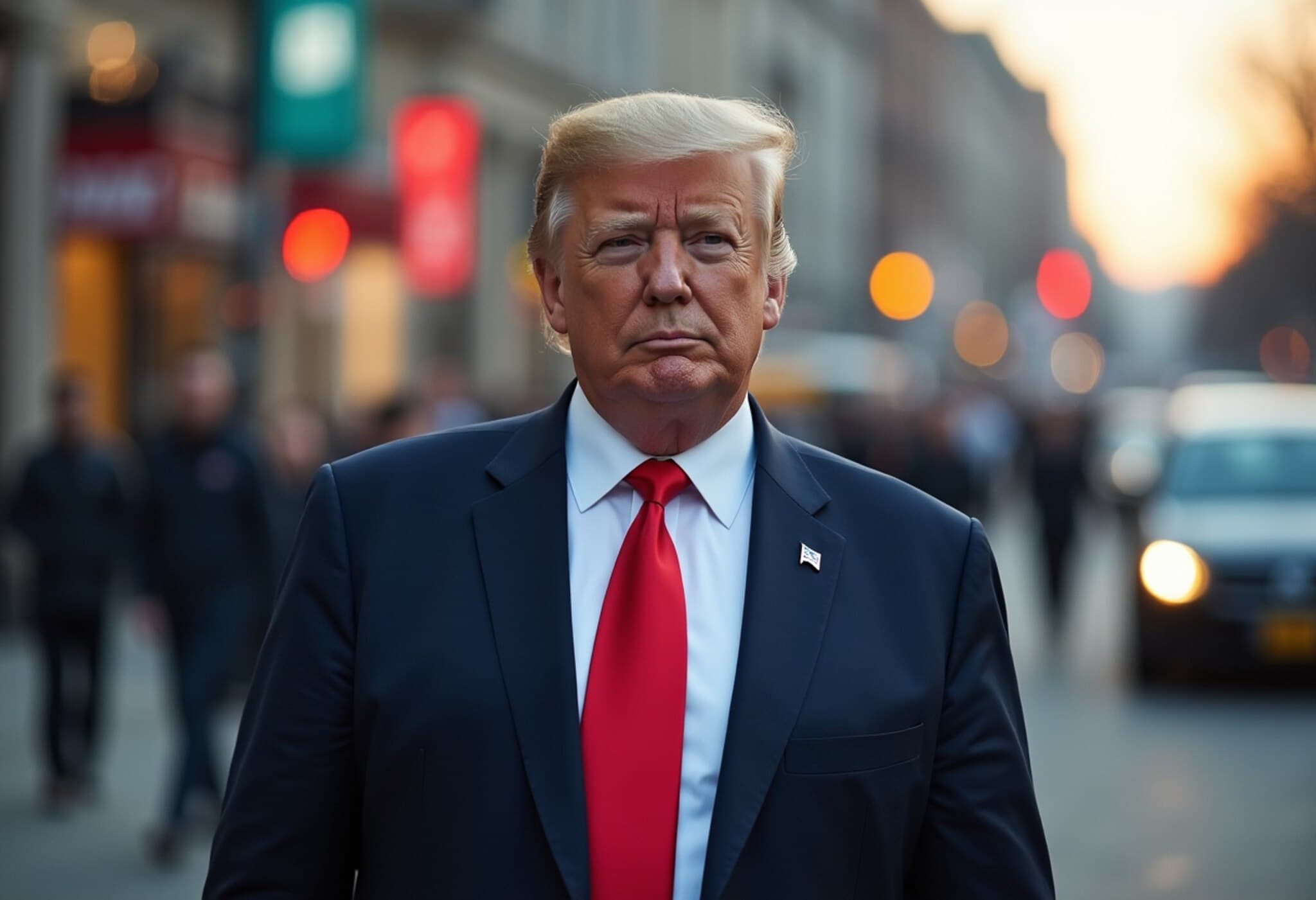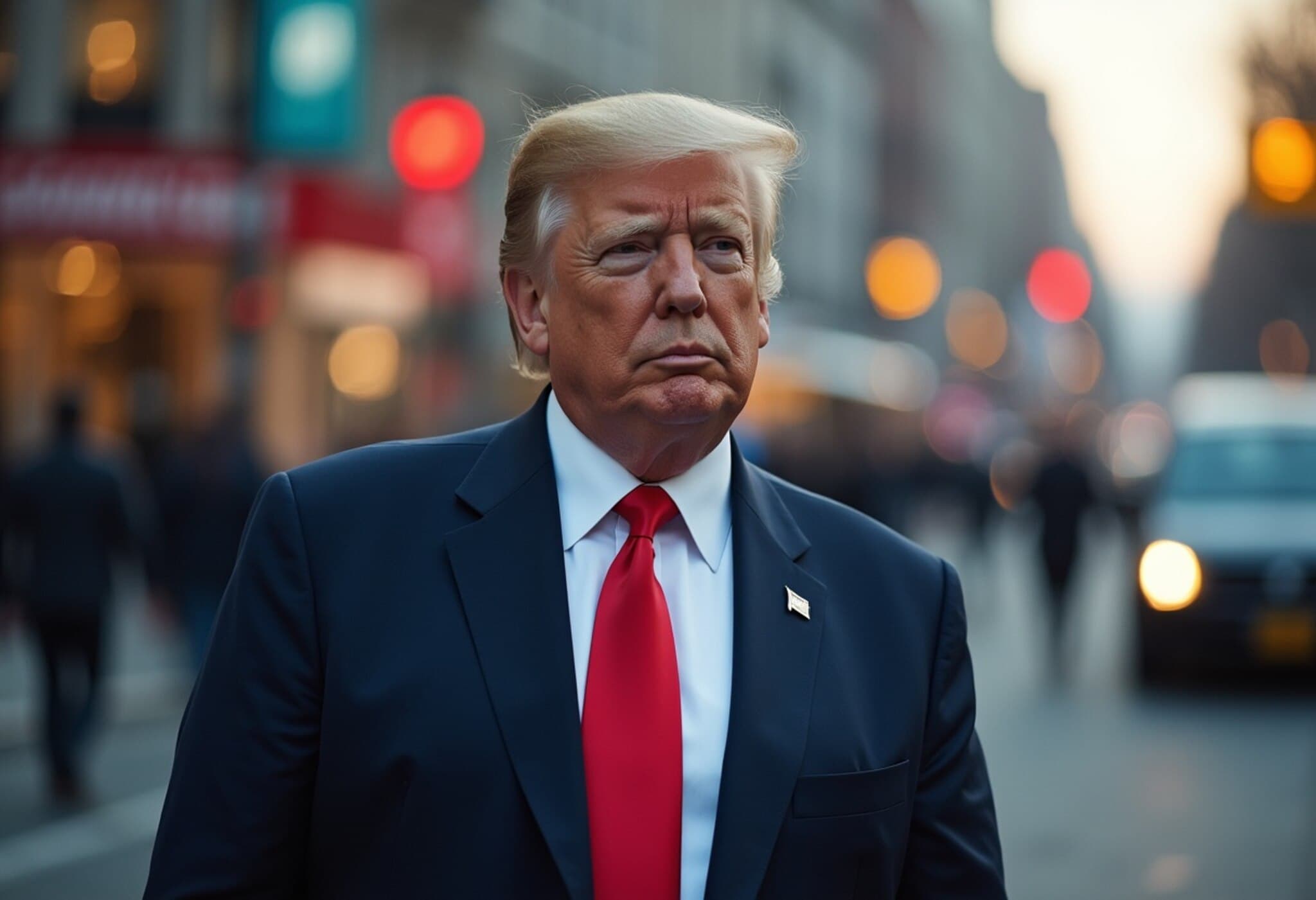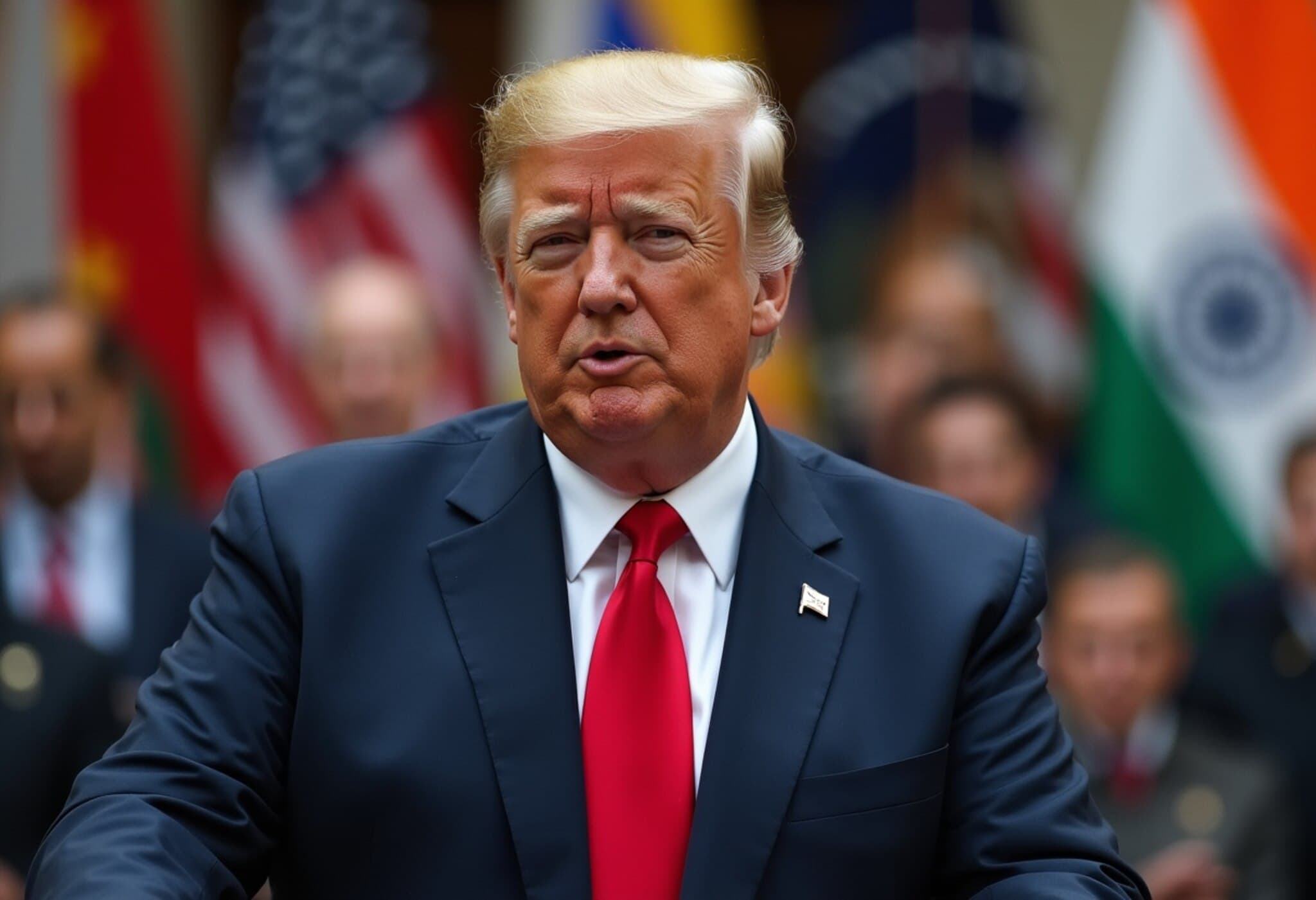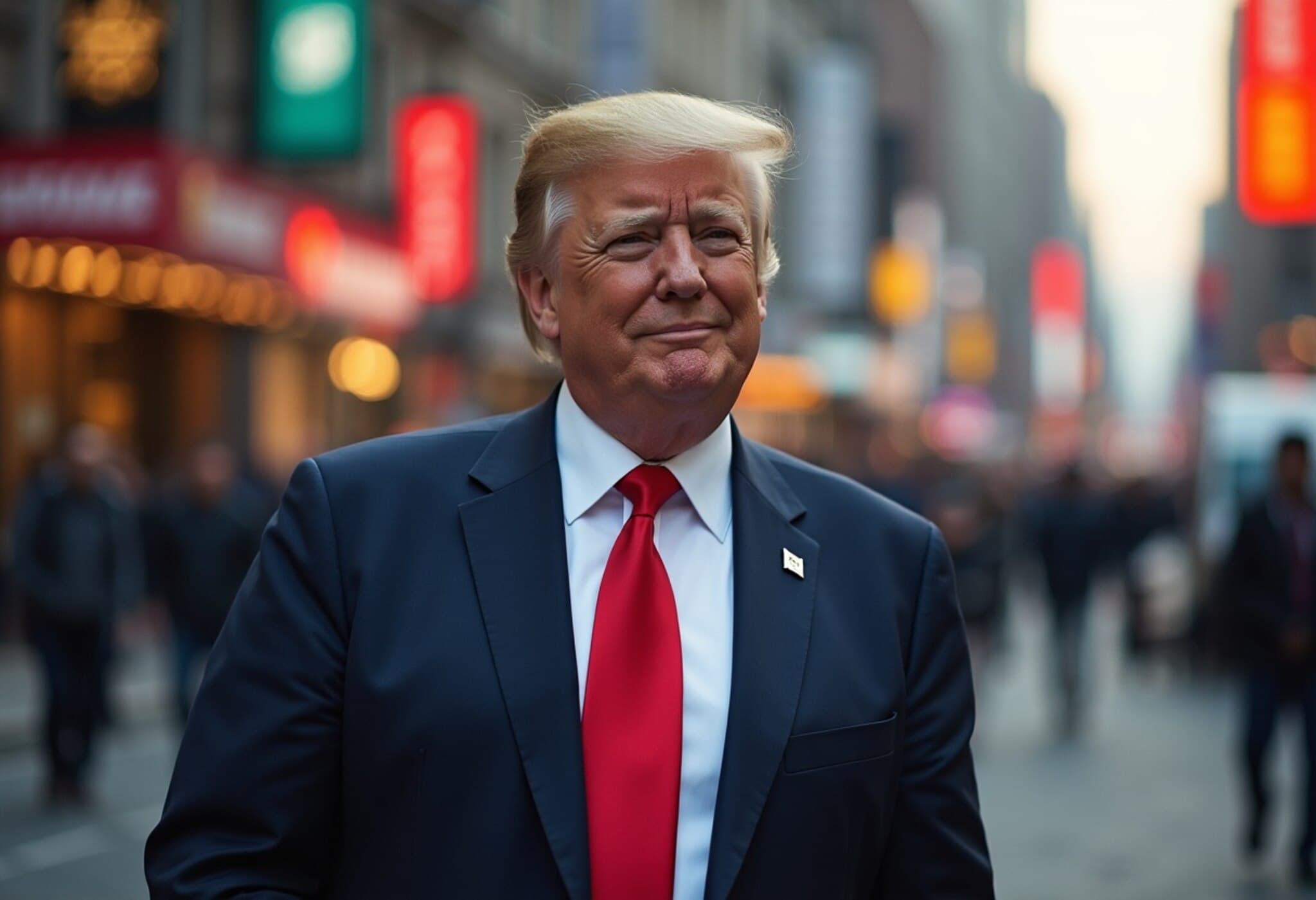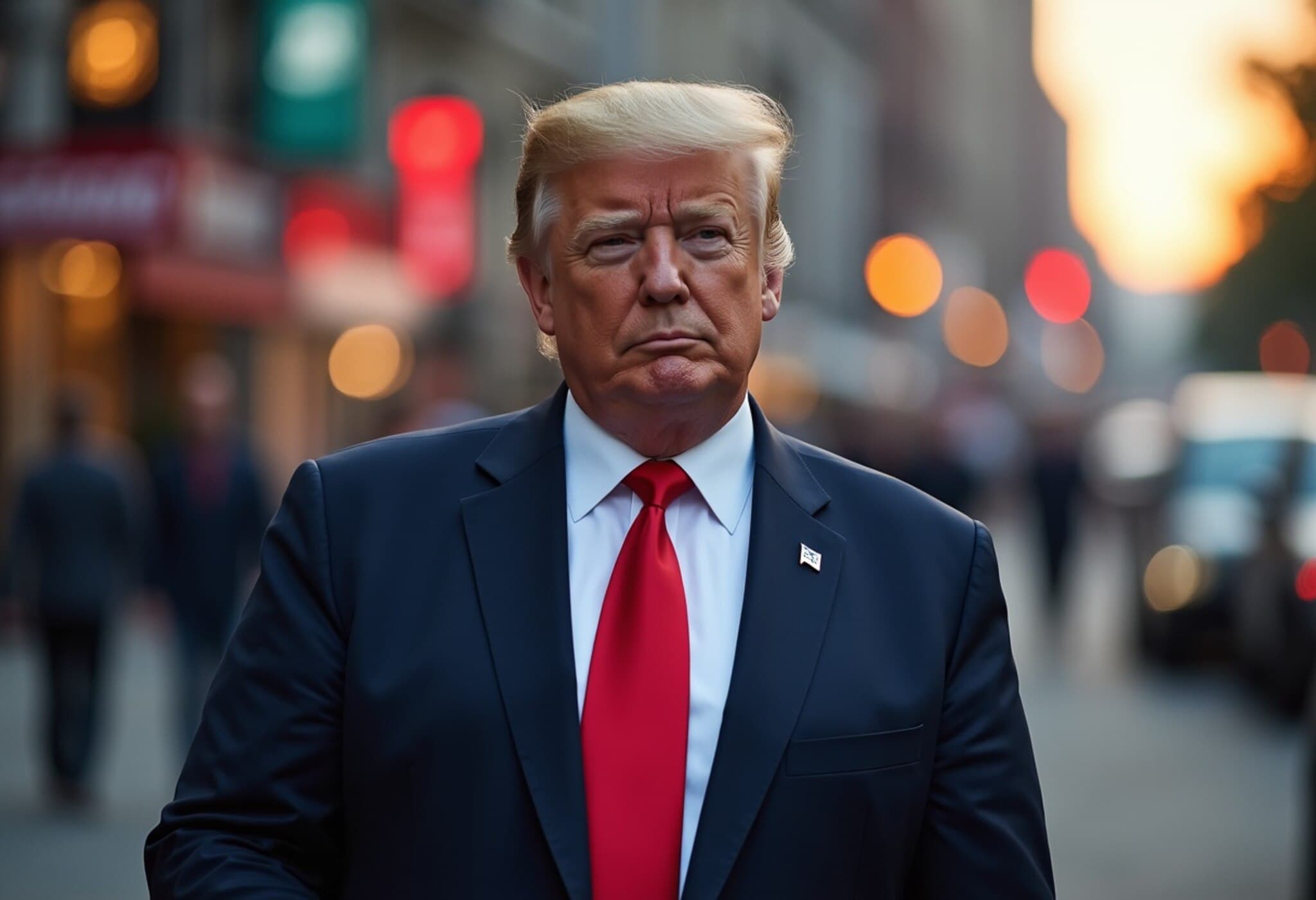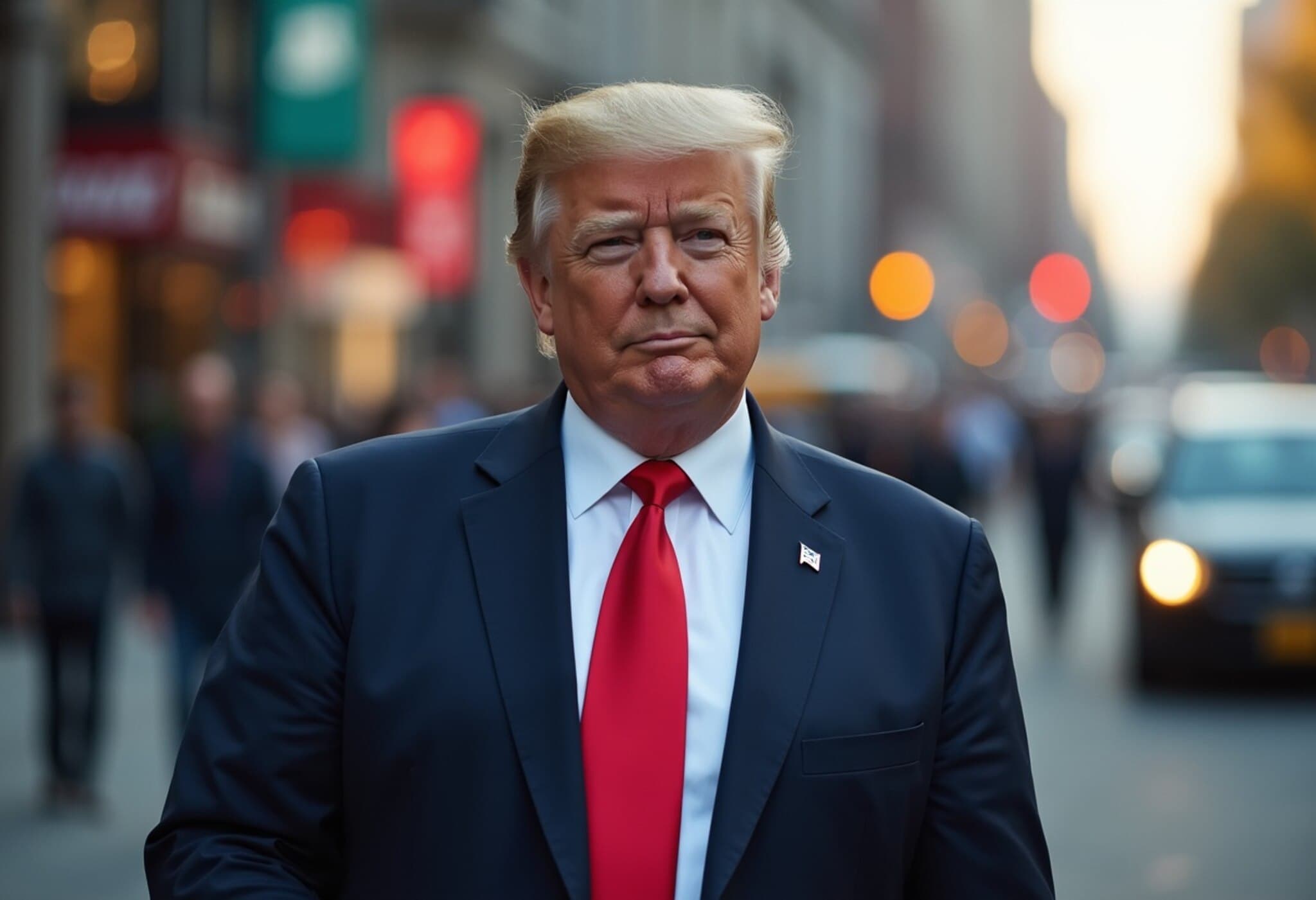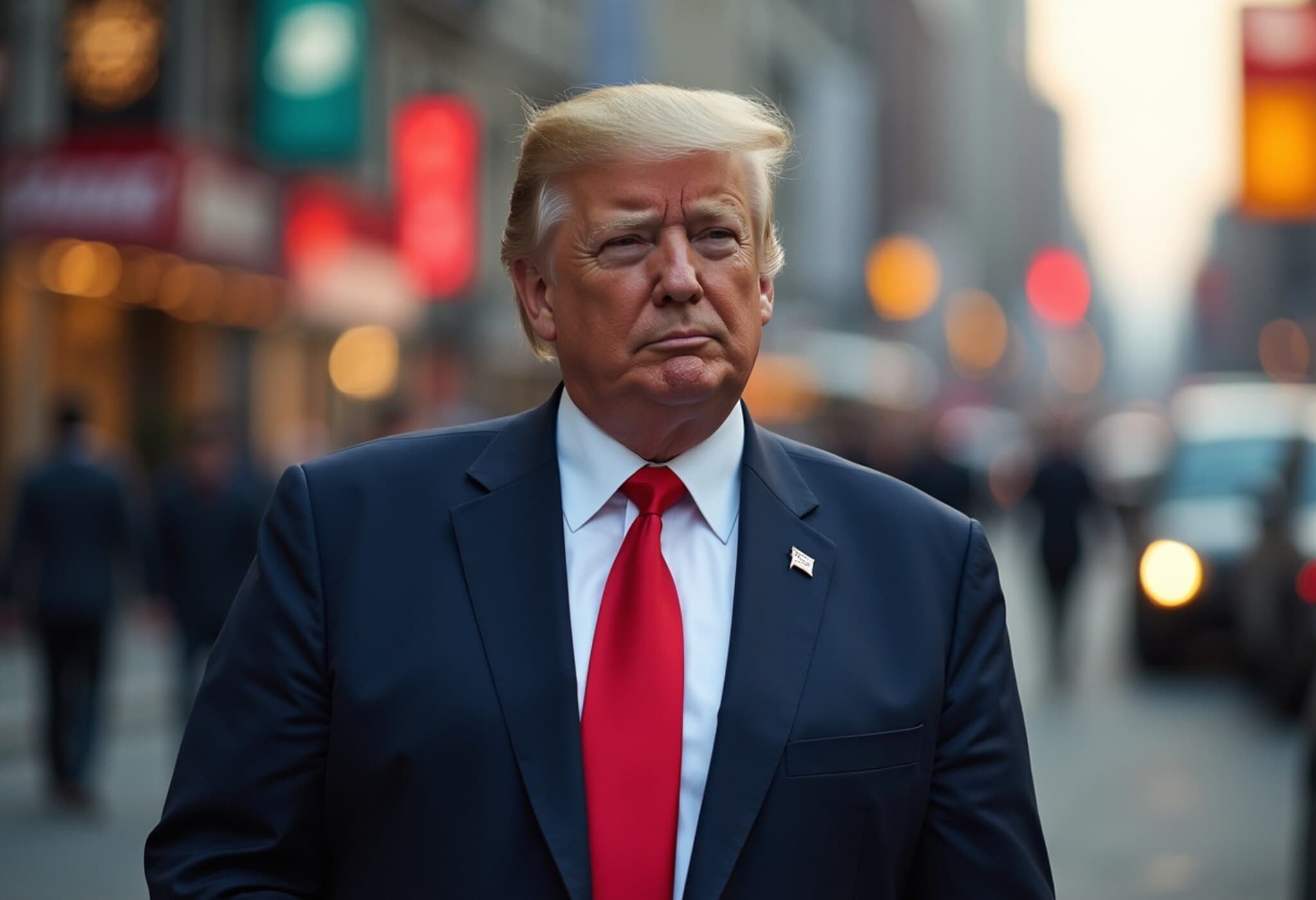Trump Administration’s Bold Tariff Move Targets 14 Nations
In a significant escalation of his trade policy, US President Donald Trump has announced plans to impose new tariffs ranging from 25% to 40% on imports from 14 countries. These measures, set to take effect on August 1, 2025, are contingent on whether these nations commit to purchasing more American goods and expanding manufacturing within the United States.
Behind the move lies Trump’s broader strategy to reshape global supply chains and protect domestic industries. The president emphasized a desire for “balanced and fair trade,” warning that any retaliation by affected nations could invite even harsher tariffs.
Tariffs Breakdown by Country
- 40% Tariffs: Laos, Myanmar
- 36% Tariffs: Thailand, Cambodia
- 35% Tariffs: Bangladesh, Serbia
- 32% Tariffs: Indonesia
- 30% Tariffs: South Africa, Bosnia and Herzegovina
- 25% Tariffs: Japan, South Korea, Malaysia, Kazakhstan, Tunisia
The Stakes Are High: Why These Countries?
All 14 nations face a marked increase compared to their previous tariff baselines, which hovered around 10%. Many are key exporters in sectors integral to US supply chains, from electronics to textiles. This move sends a clear signal to countries benefiting from US markets that they must reciprocate by reducing barriers and integrating further with American industry.
The affected countries vary in economic scale and geopolitical standing — from Asian manufacturing hubs like Japan and South Korea to emerging Asian economies such as Bangladesh and Myanmar. This diversity underscores the complexity and ambition of the Trump administration’s trade realignment effort.
Global Reactions and Negotiation Prospects
The initial international response is cautious yet firm. Japan called the decision “truly regrettable” but expressed willingness to continue negotiations. Similarly, South Korea and Malaysia have indicated they seek dialogue to avoid severe economic disruptions.
Trump, meanwhile, held out an olive branch: the August 1 deadline was described as “not 100 percent firm.” He suggested tariffs could be adjusted if the countries lower their trade barriers. Letters sent to affected leaders emphasized a willingness to negotiate, stating, “If you open your markets to the US and drop your tariffs and trade barriers, we might adjust these tariffs.”
Contextual Insight: The American Economic Angle
This tariff initiative aligns with broader US policy trends promoting onshoring manufacturing and reducing dependency on overseas suppliers—a lesson painfully learned during disruptions like the COVID-19 pandemic. It also reflects political currents favoring economic nationalism and the revitalization of American blue-collar jobs.
However, critics warn of potential side effects, including increased costs for US consumers and trade tensions that could ripple through global markets. Economists caution that while protective tariffs may briefly stimulate certain sectors, they also risk retaliatory strikes and long-term harm to international economic cooperation.
What Lies Ahead?
Trump's administration claims progress: trade deals with the UK and Vietnam have been concluded and talks with India are nearing a close. Yet, the imposition of tariffs on these 14 countries poses risks of strained diplomatic relations and disruption of existing supply chains.
The world watches closely to see whether this aggressive stance will prompt substantive trade liberalization or escalate into tit-for-tat recriminations.
Editor’s Note
The Trump administration’s new tariff threats illuminate the ongoing tension between global integration and national economic sovereignty. While the US aims to bolster its manufacturing base, the challenge remains to strike a delicate balance between protectionism and open markets. Readers should consider how these measures intersect with evolving international trade frameworks and what this means for the future of global economic stability.
Key questions persist: How will affected countries navigate these tariffs? Could the US sustain its economic goals without alienating key partners? And what lessons does this episode hold for future US trade policy in a multipolar global economy?

